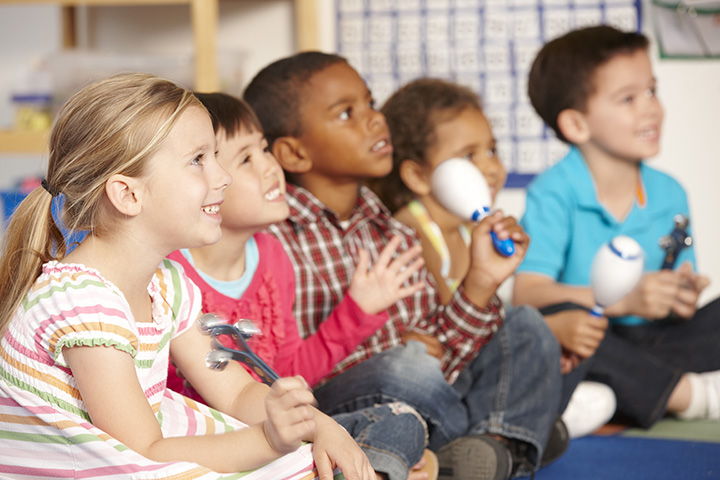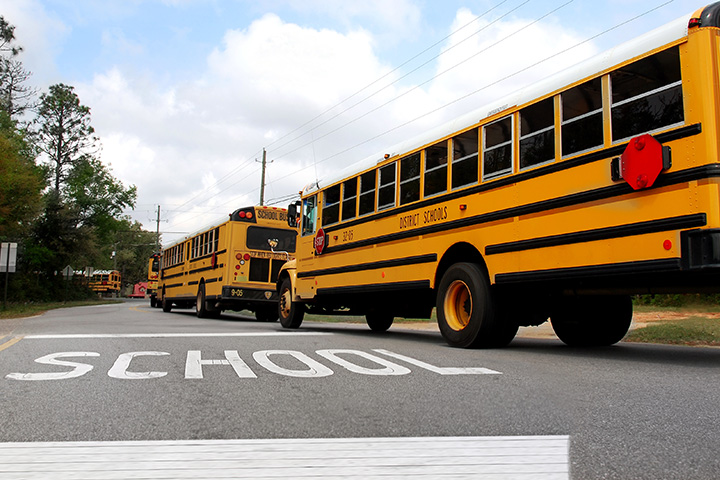A recent study reveals that perfectionism—an obsession with getting things perfect—has increased significantly in college students in the U.S., Canada, and England over the last few decades, a trend researchers believe is driven by social media.
The survey, published last month in the Psychological Bulletin, is highlighting a problem college parents and counselors believe is impacting students’ mental health, as well as the role schools can play in addressing the issue, The New York Times reports.
“Millennials feel pressure to perfect themselves partly out of social media use that leads them to compare themselves to others,” Thomas Curran, a lecturer at the University of Bath and lead author of the study, told the news site.
Curran believes the situation leads to “increasingly unrealistic education and professional expectations for themselves,” though he noted that the link to social media is a hypothesis that requires further research.
Curran and his team examined 41,000 student responses with the Multidimensional Perfectionism Scale to measure their degree of perfectionism and classify it into three different aspects: self-oriented, other-oriented, and socially prescribed. Results showed perfectionism increased by 33% overall since 1989. And while self-prescribed perfectionism can increase productivity, conscientiousness, and career success, parents are concerned it can cause depression and anxiety.
“Sometimes it’s paralyzing,” Columbia University professor Katherine Dieckmann told the Times, adding that she struggles with perfectionism with her 20-year-old daughter, a college sophomore. “I understand, because we were both born that way.”
Others, like Columbia graduate student Hannah Miller, have learned to cope with her perfectionism.
“When it’s not out of control, it’s a good thing to have,” she said. “When it overwhelms me, which is less often than it did when I was an undergraduate, I have to force myself to step back and make an accurate assessment of how important the task is and consider it thoughtfully rather than emotionally—like, how good does it have to be?”
Parents who spoke with the Times said they’ve tried to talk to their children about obsessing over perfection, but contend it’s ingrained in college culture.
“He’s not striving to meet our standards, they’re his own,” an unnamed father of an Ivy League student said. “I keep reminding him that perfect is the enemy of good, and he says, ‘Yeah, but good’s not enough to get into med school.’”
Resent research into character formation in America’s schools provides a glimpse of how schools can help students relieve the pressures of perfection through a focus on more important things.
Education researcher Kathryn Wiens studied six prestigious independent schools—coed and single-sex, day and boarding—to ask how they formed character in the context of what one student called “the neurotic level of success” that schools and parents expect.
Wiens summarized her findings in The Content of Their Character, published by the Institute for Advanced Studies in Culture, and singled out one elite boarding school in particular for its balanced approach.
“The school’s focus was not on the students’ professional life to come, but rather on ensuring the students’ values, dispositions, and decision-making were consistent with the school’s Quaker worldview,” Wiens wrote.
The East Coast school rejects perfectionism in favor of a different standard: “the primacy of sound moral character.” Wiens reports that “the students seemed not to experience a conflict between academic achievement and personal honor, even though East Coast Boarding School provided a challenging top-tier education and expected students to work hard and excel in the classroom.”
The school demonstrates that it’s possible—though certainly not easy—in an age of intense performance pressures and pervasive perfectionism, to cultivate a school environment where students work hard and thrive by intentionally eschewing socially prescribed perfection.
For educators looking for ways to focus on character in the classroom, the Jubilee Centre for Character & Virtues offers numerous resources.









